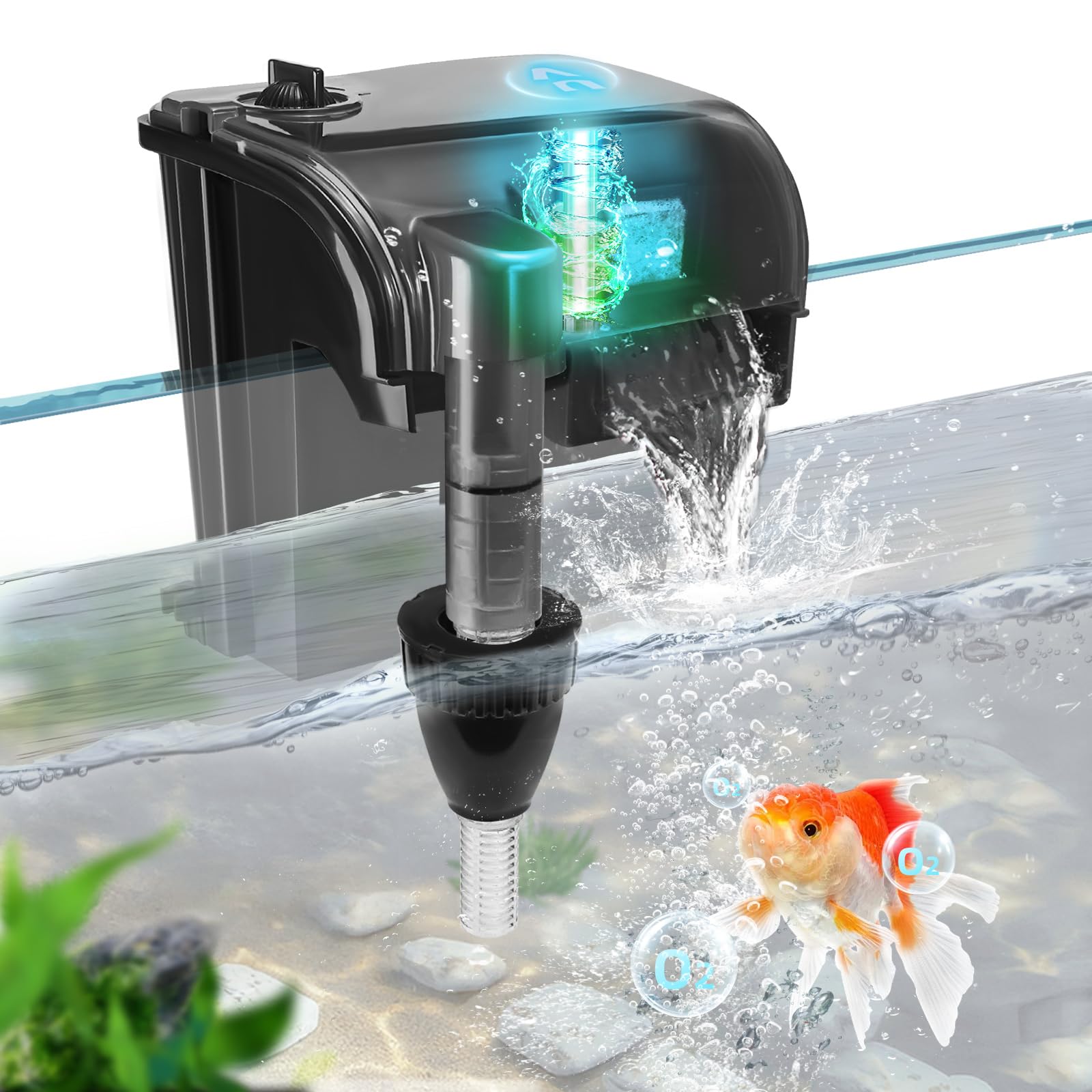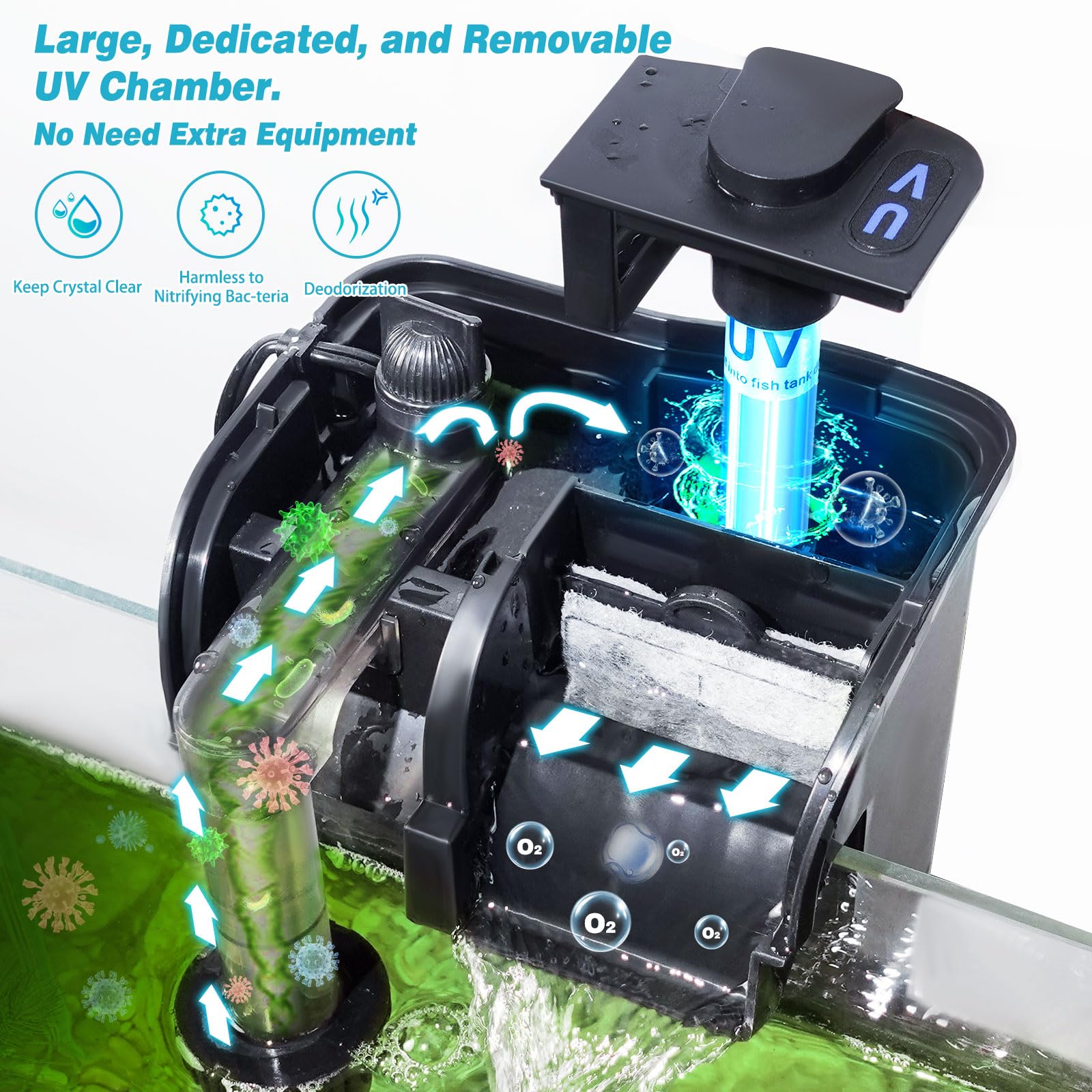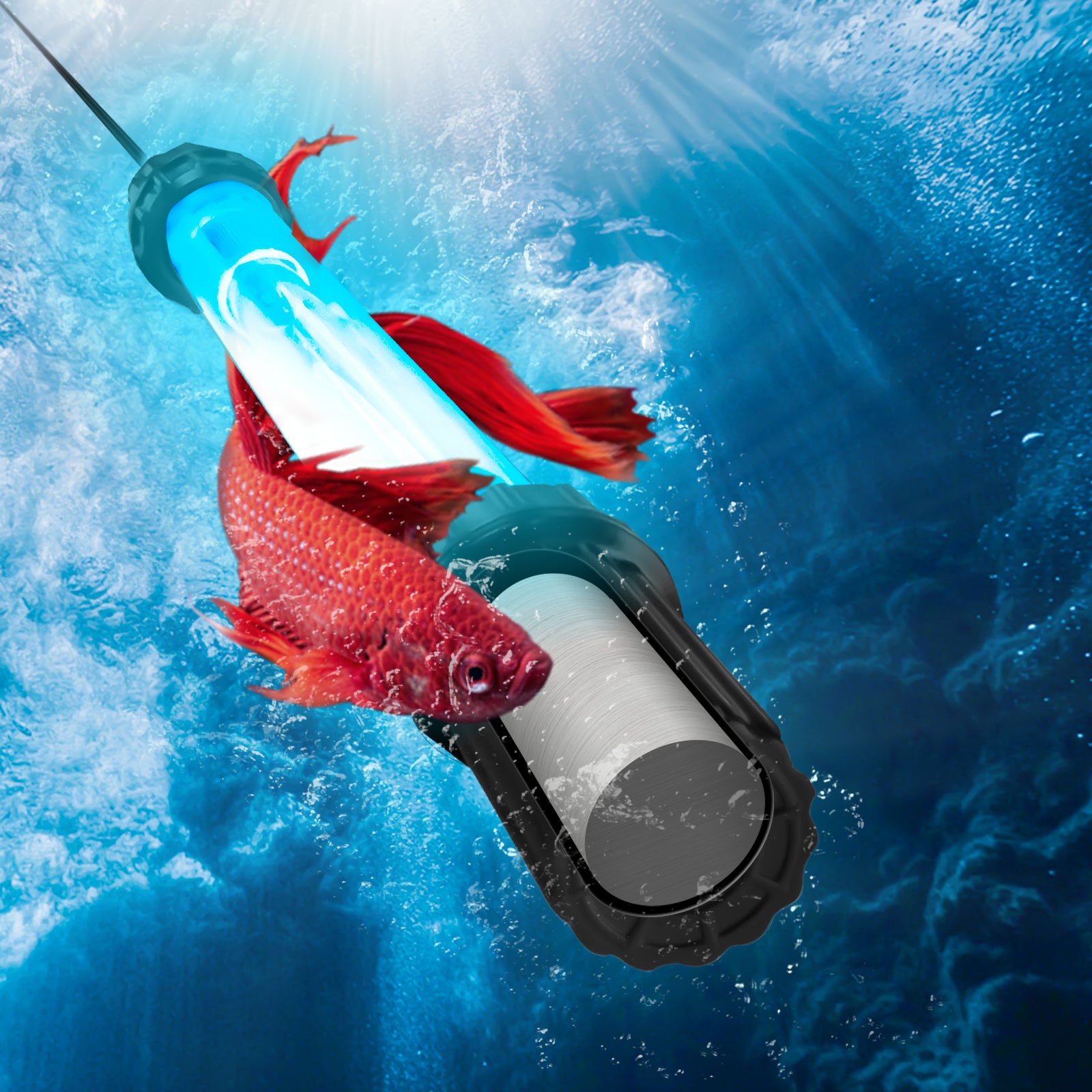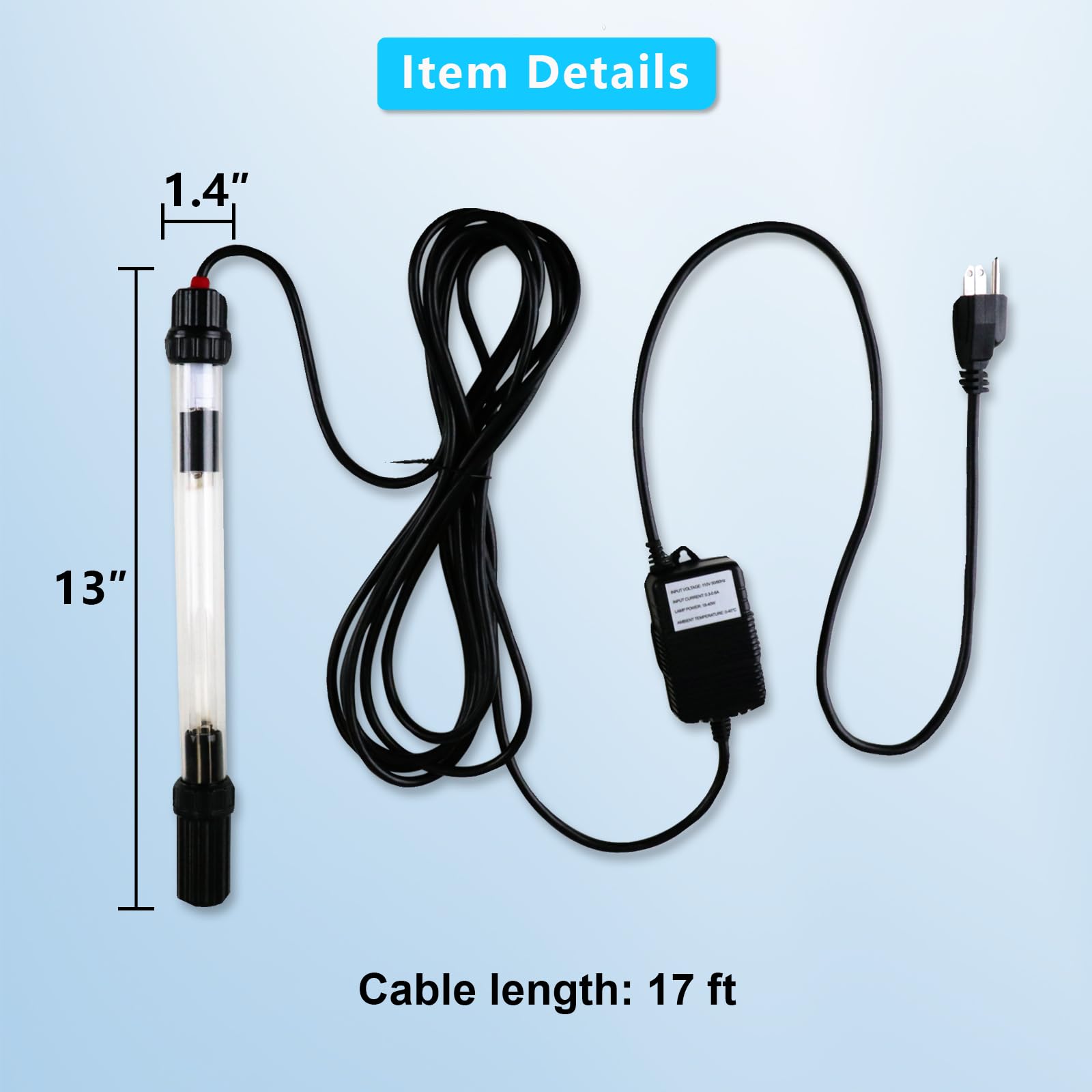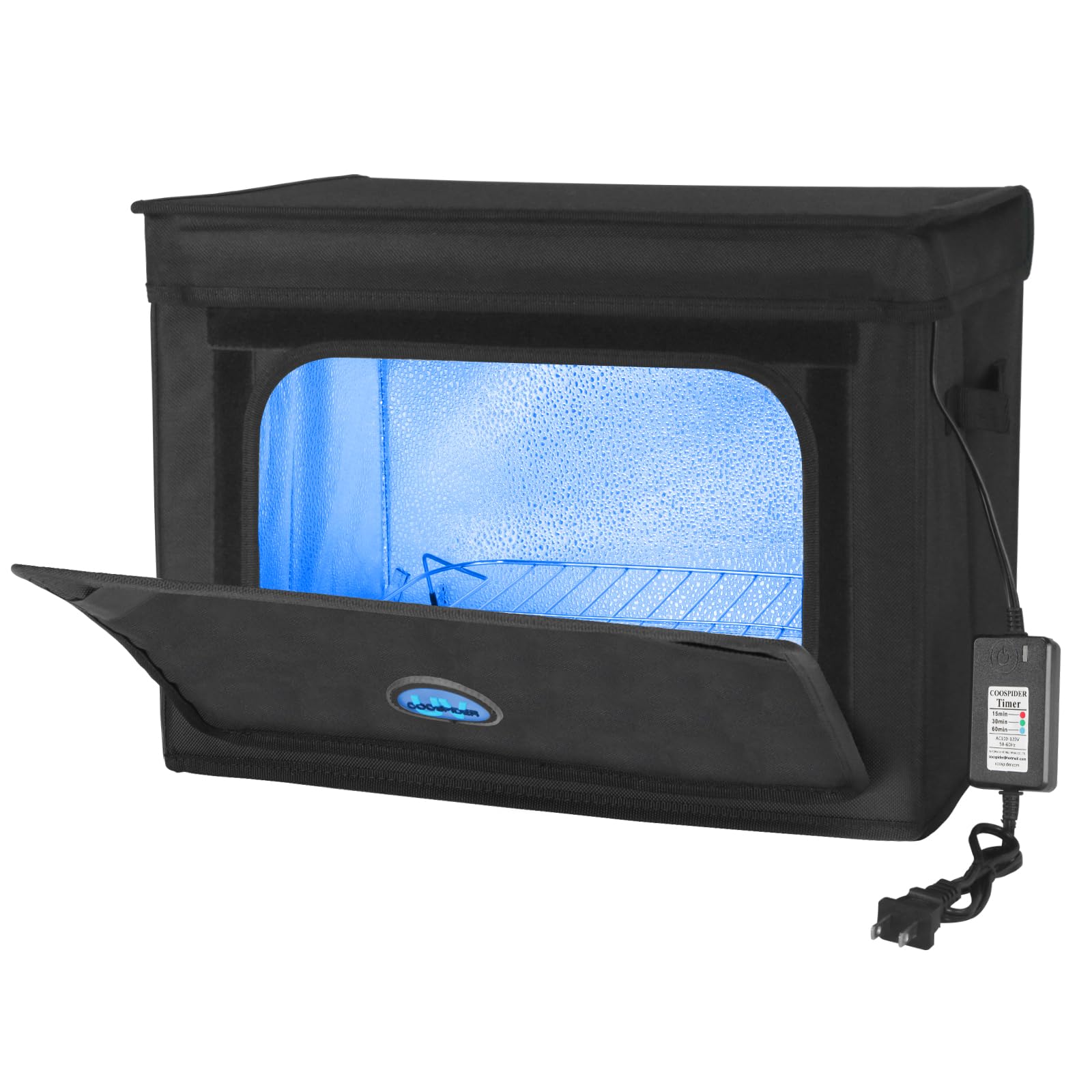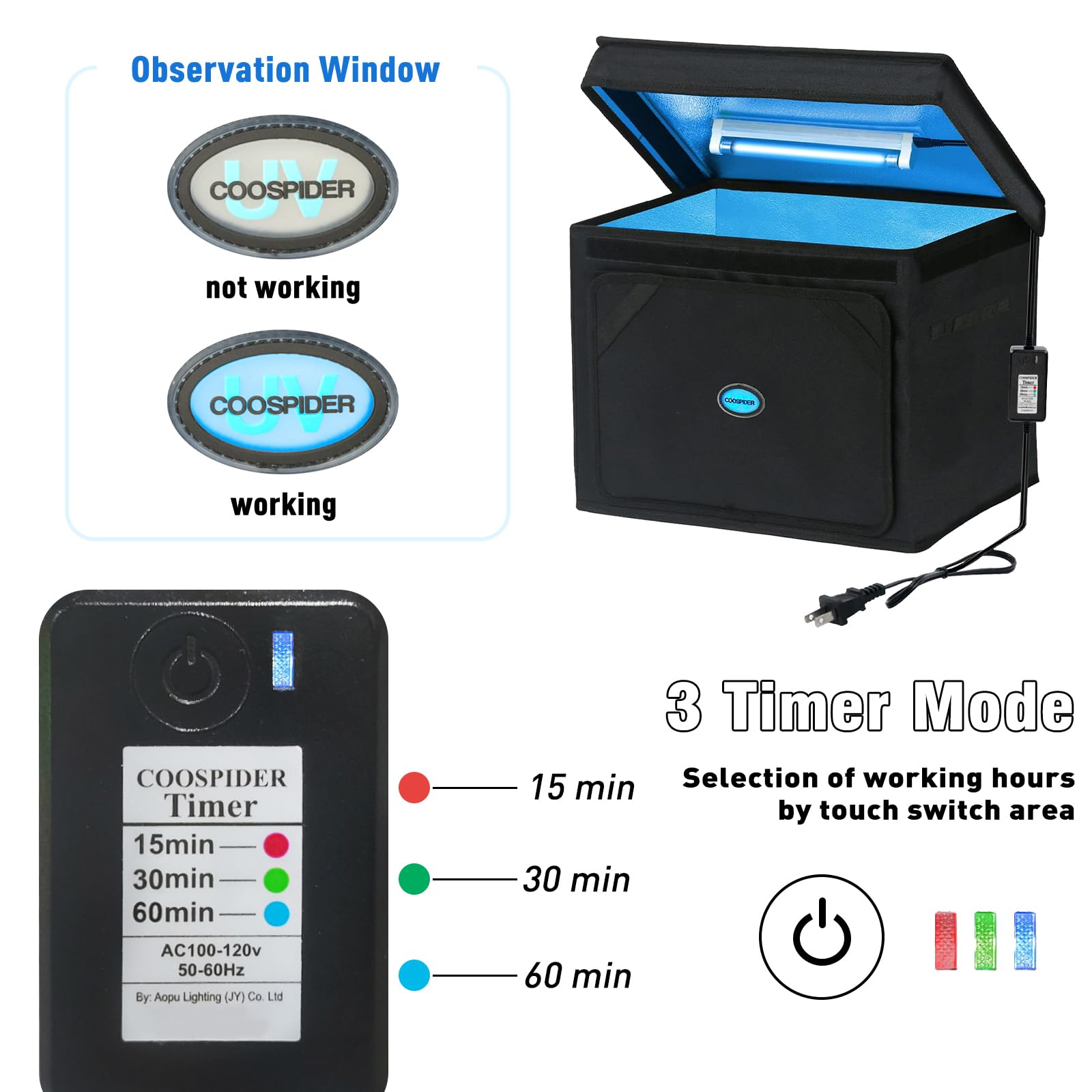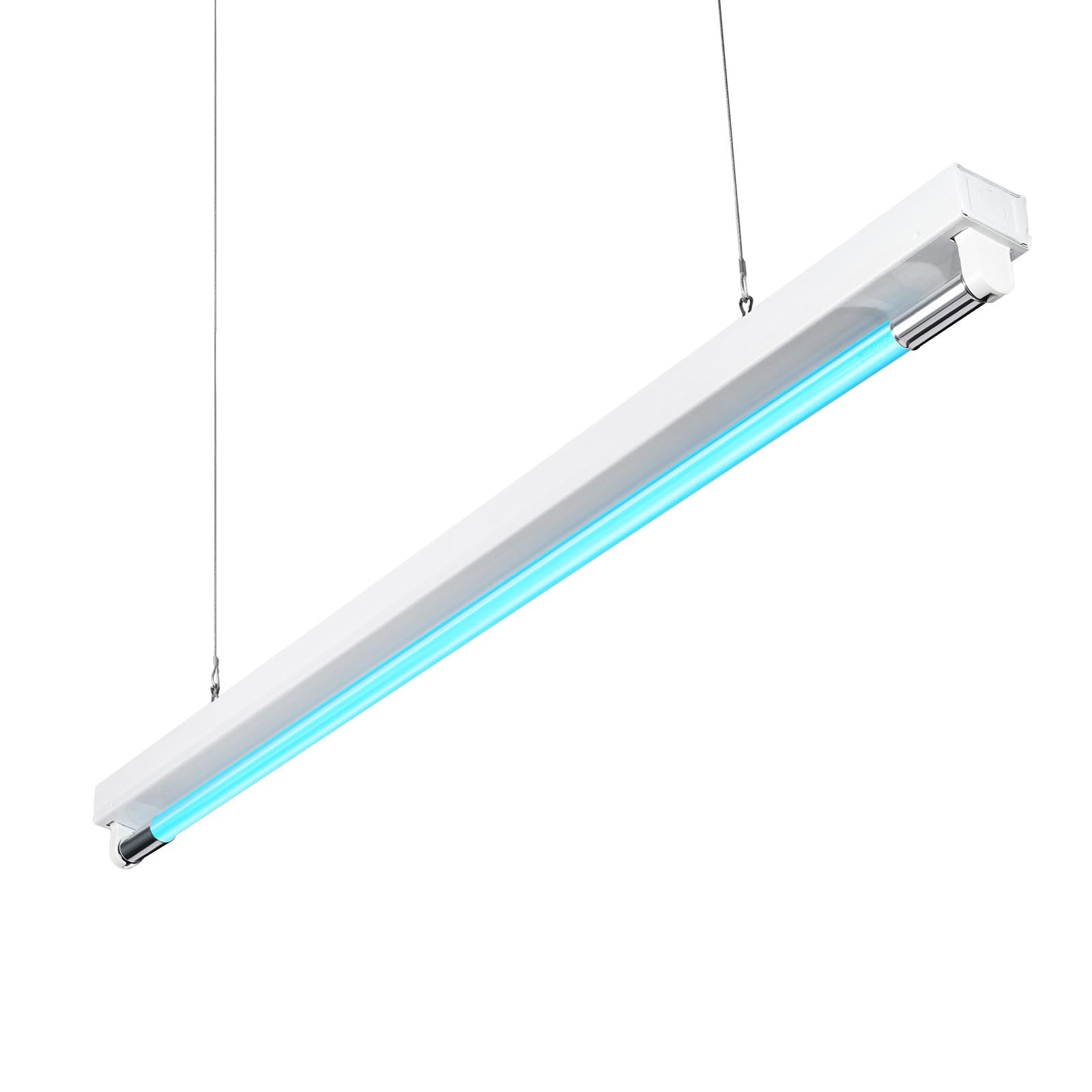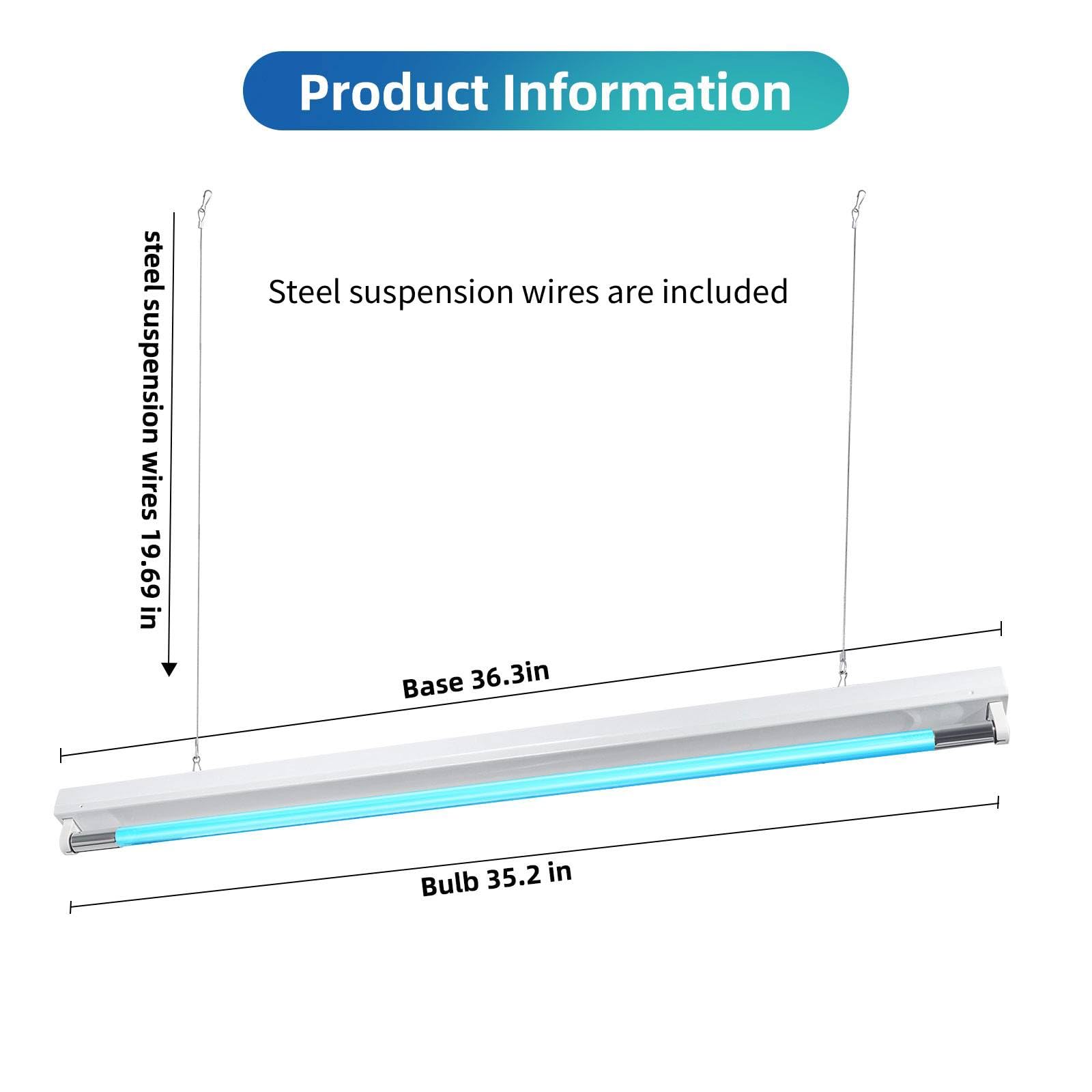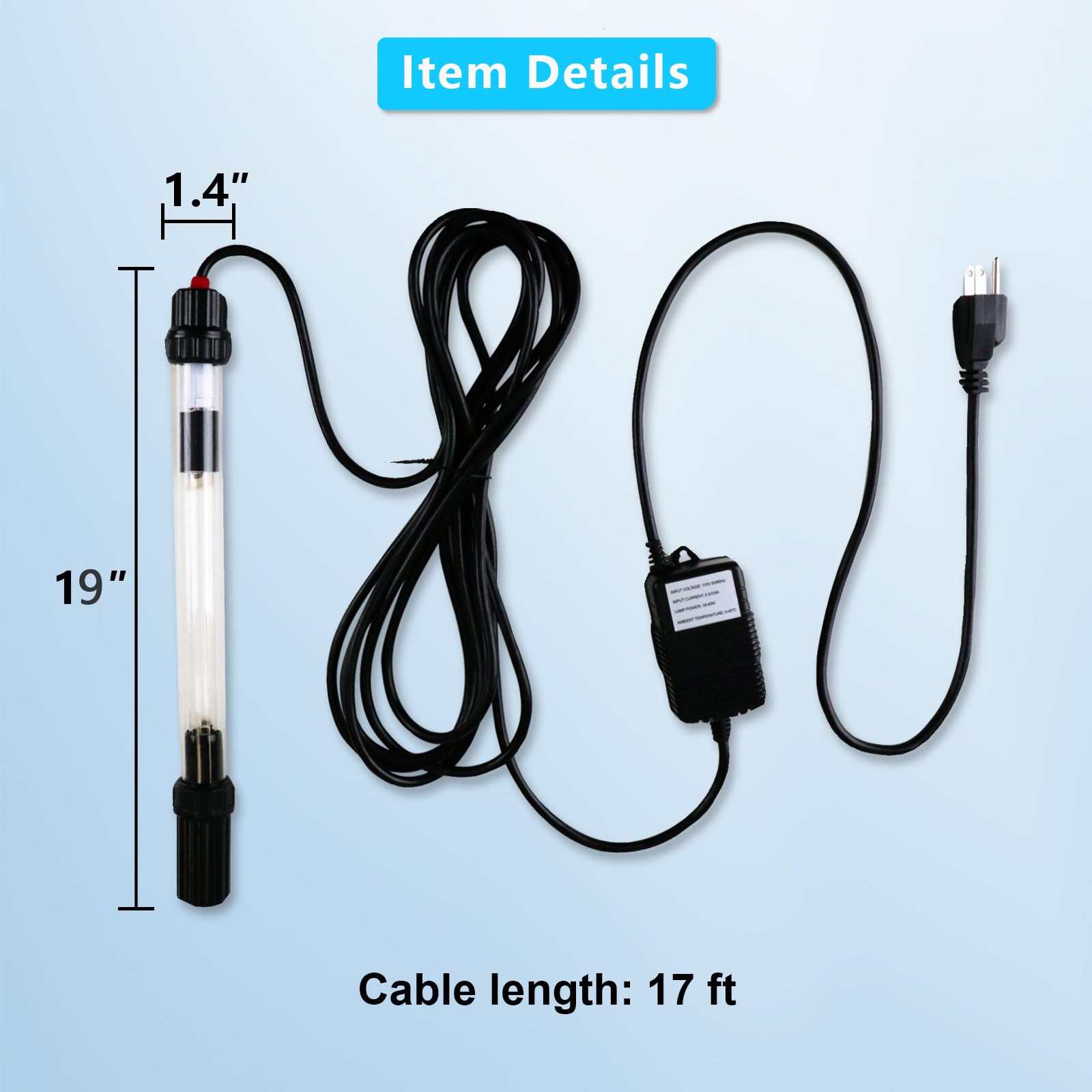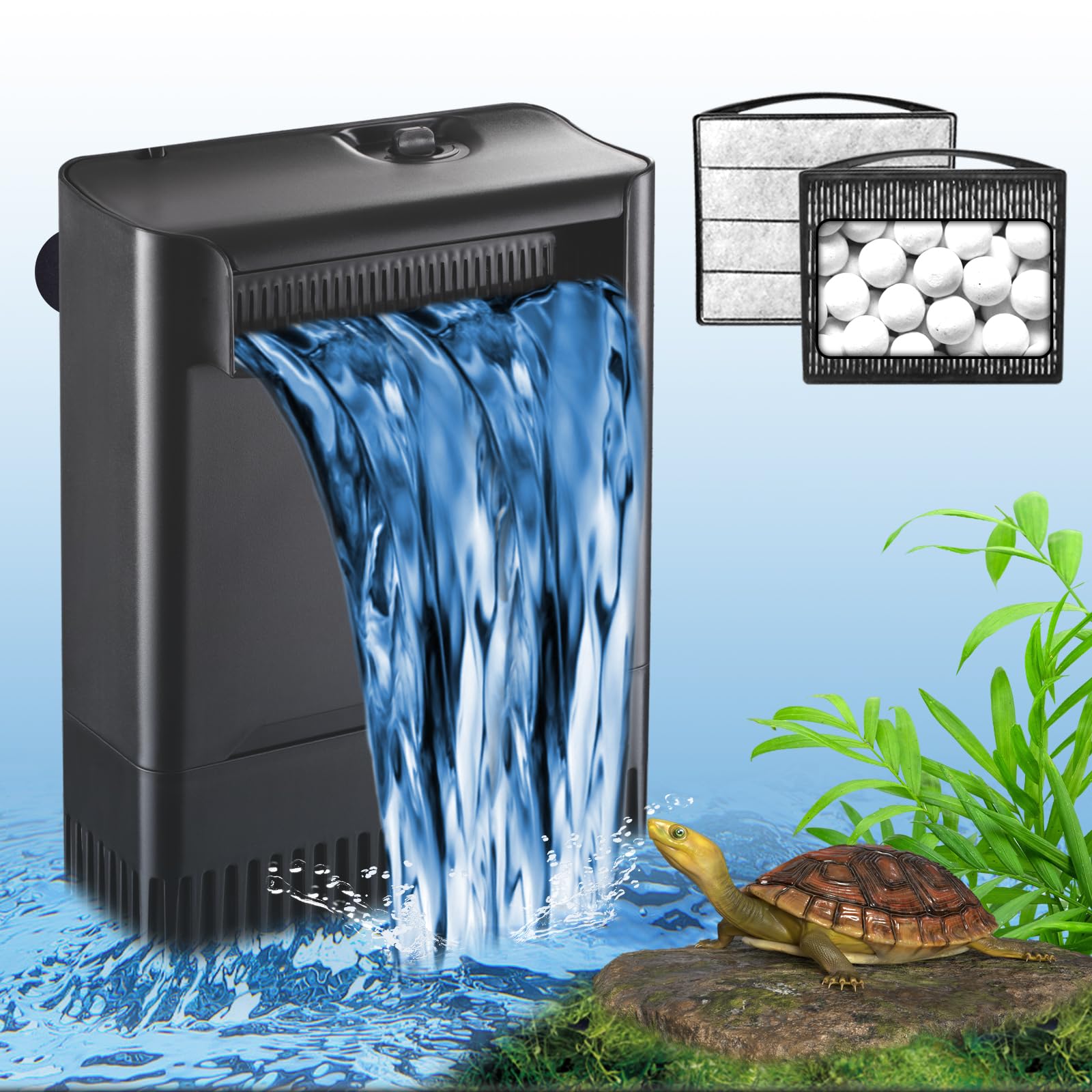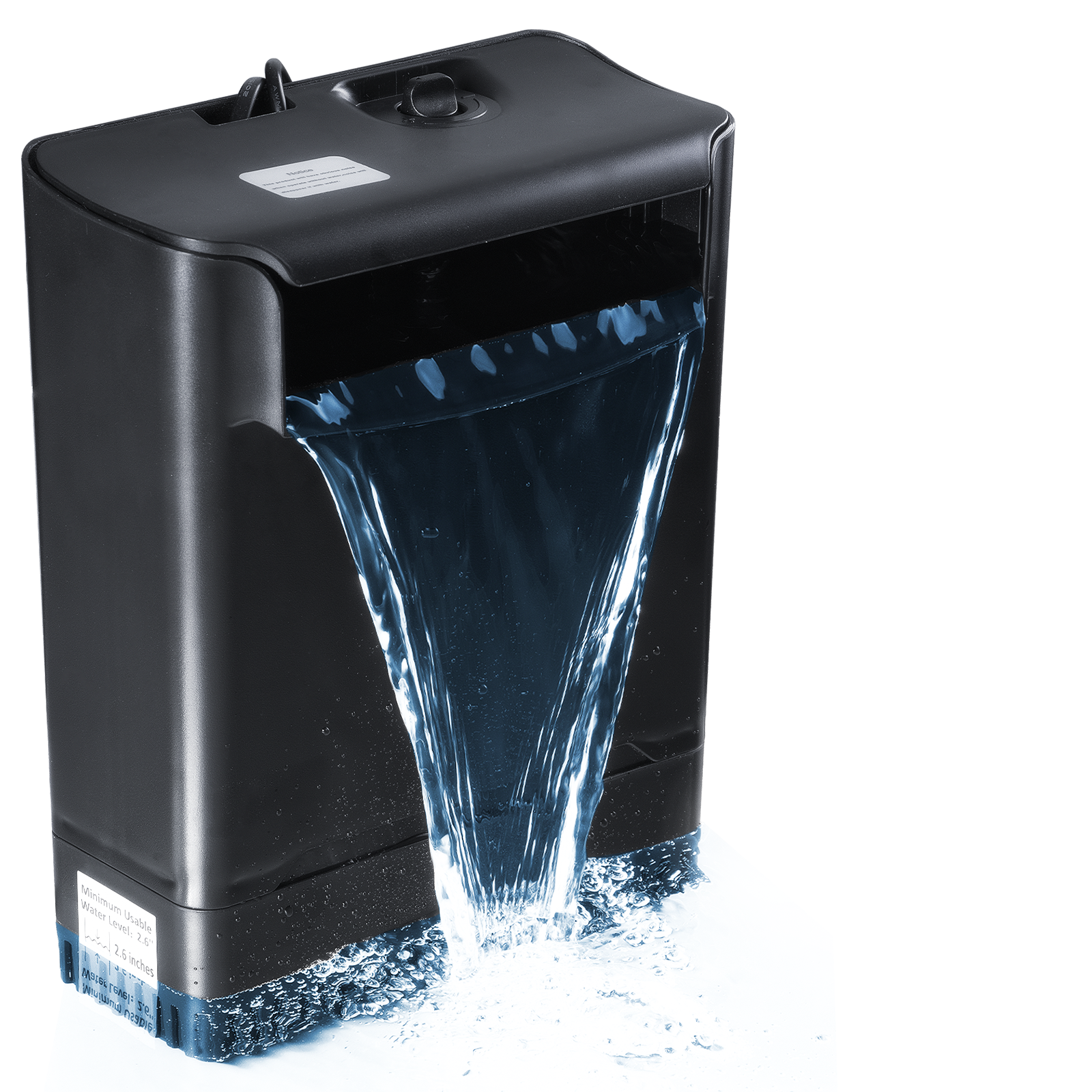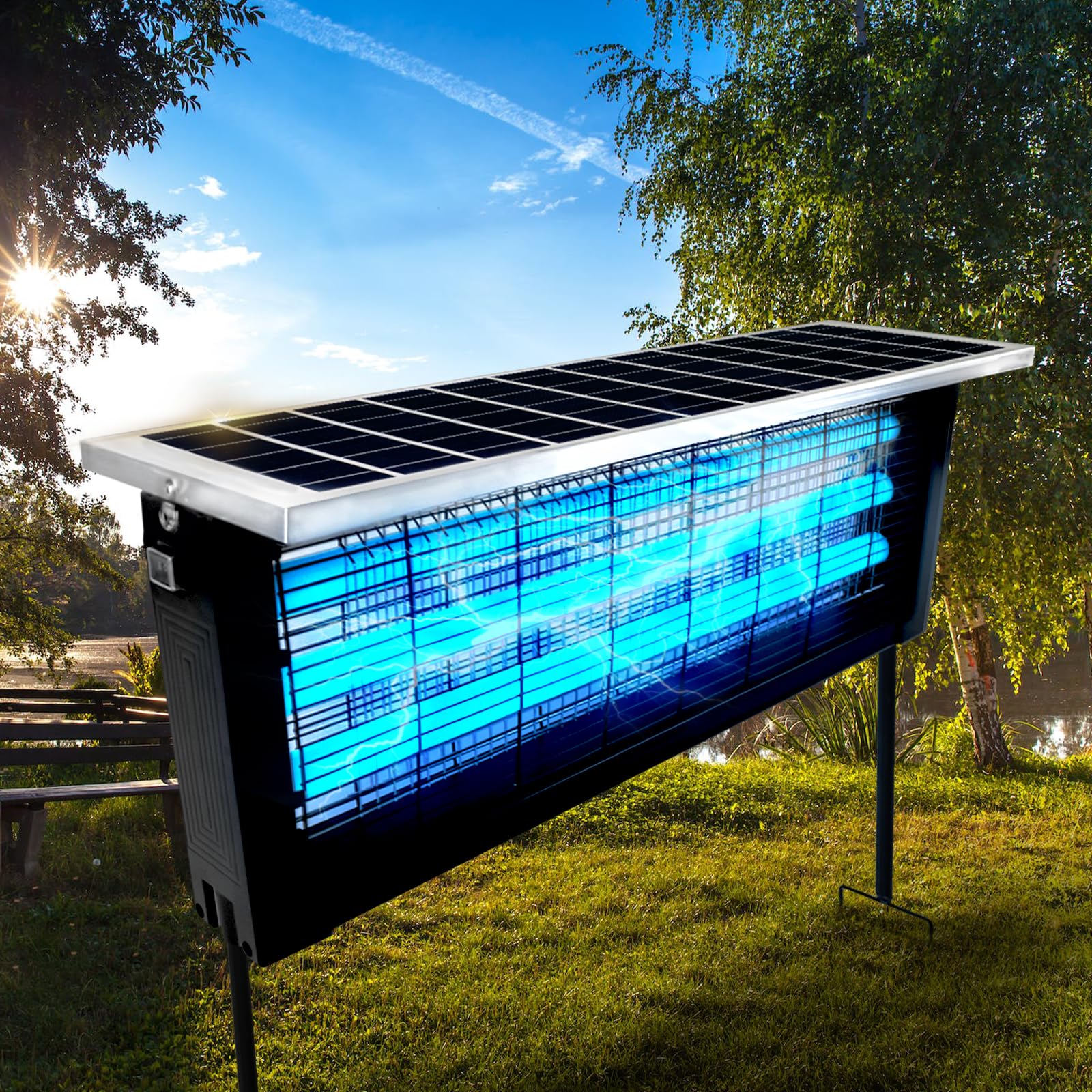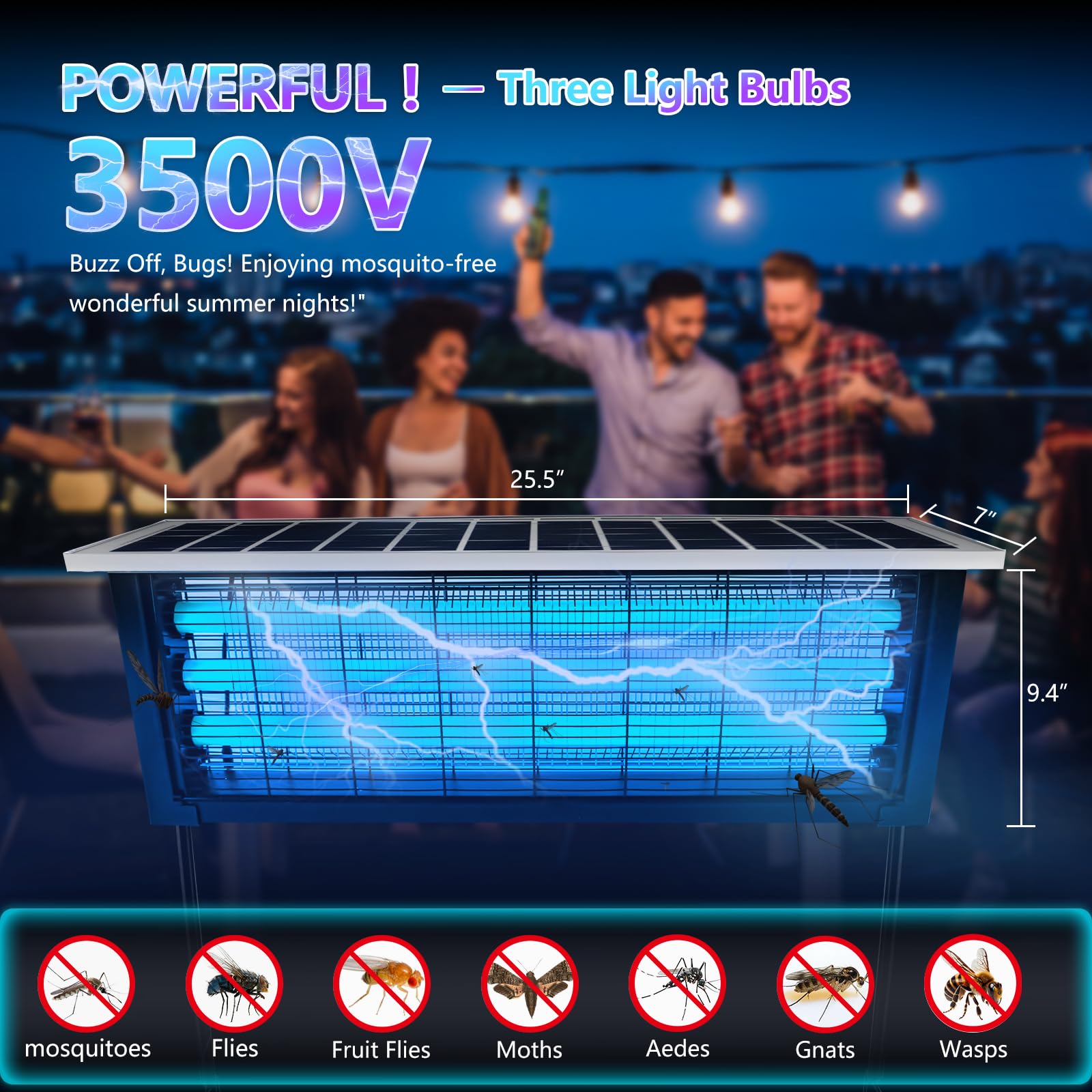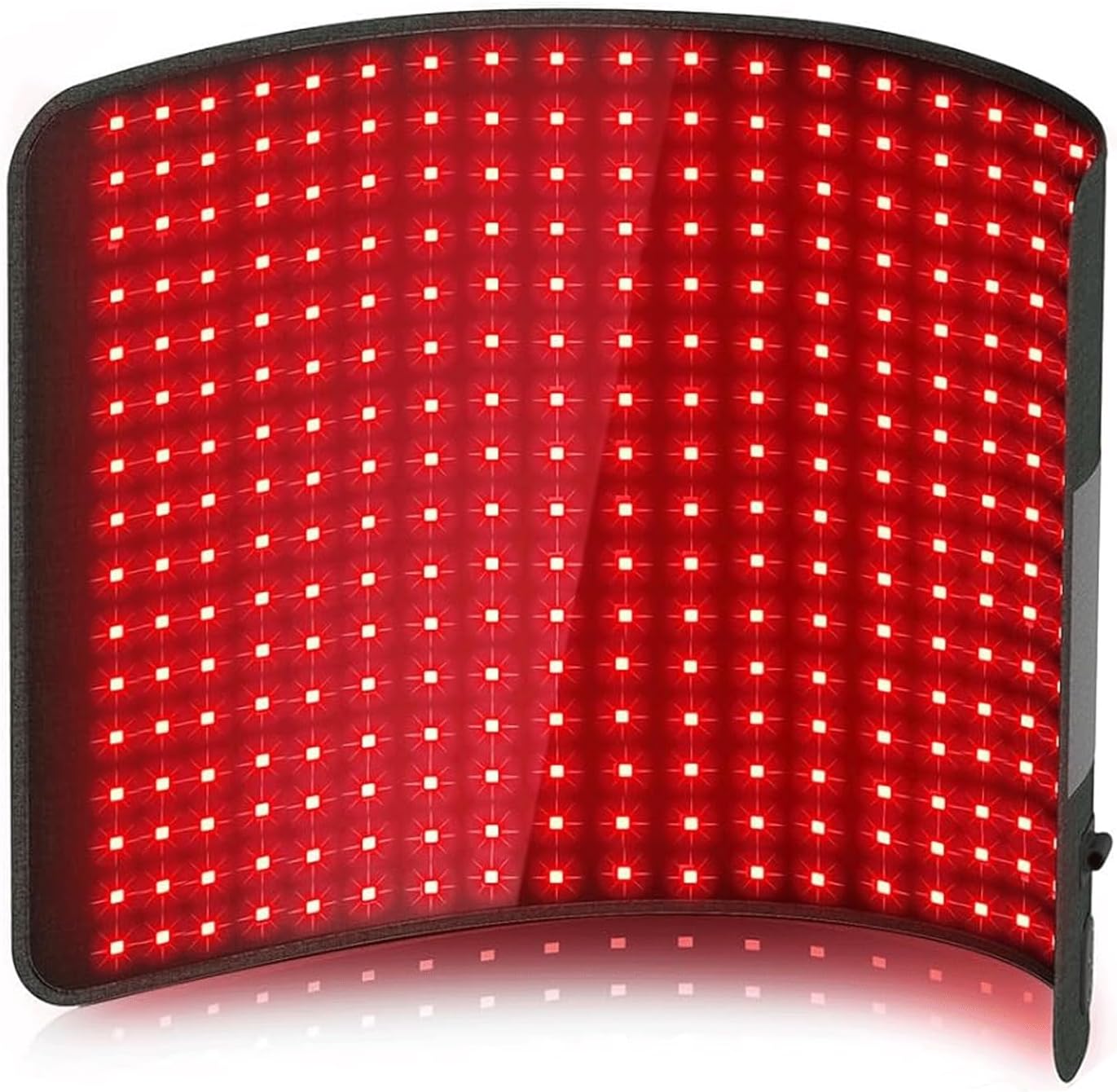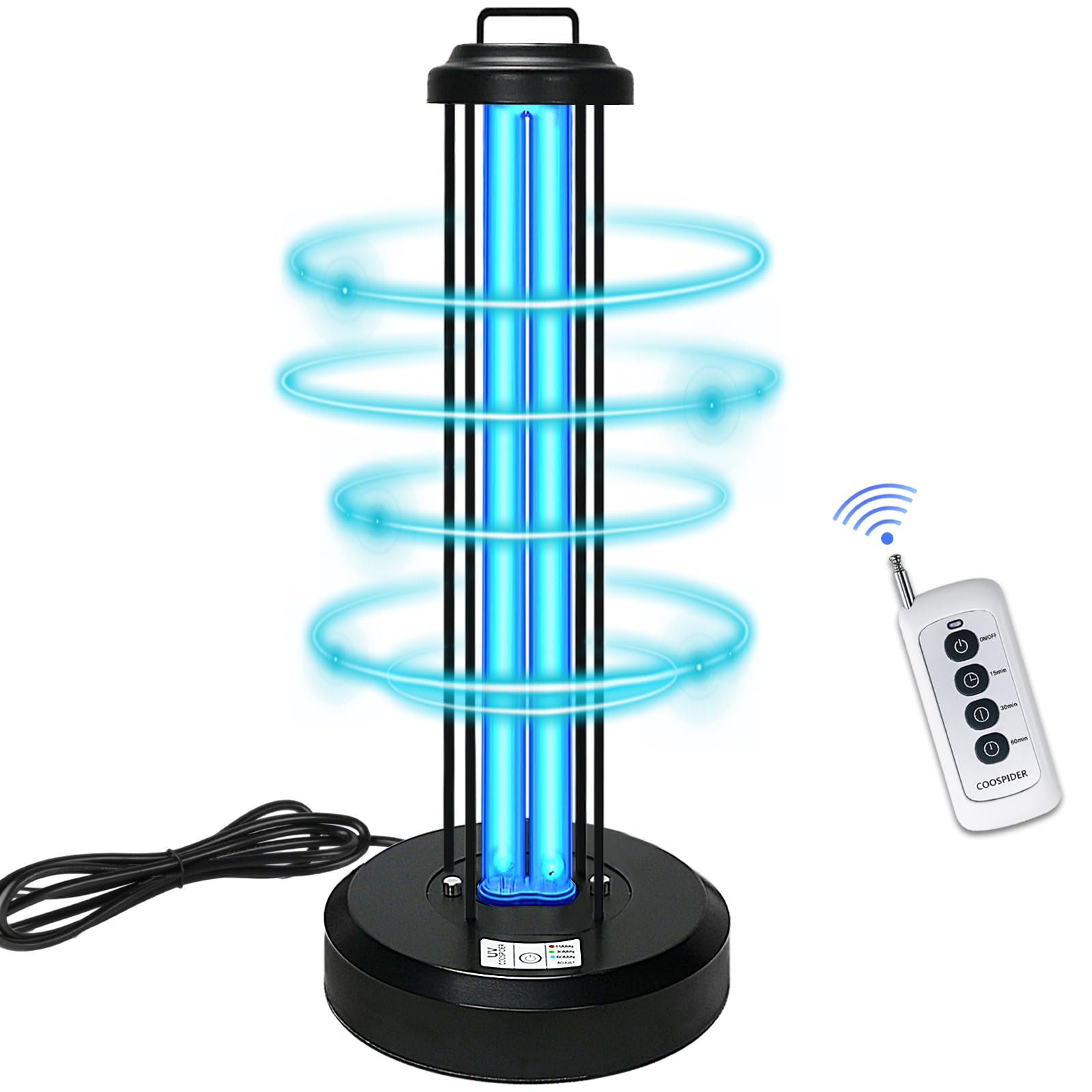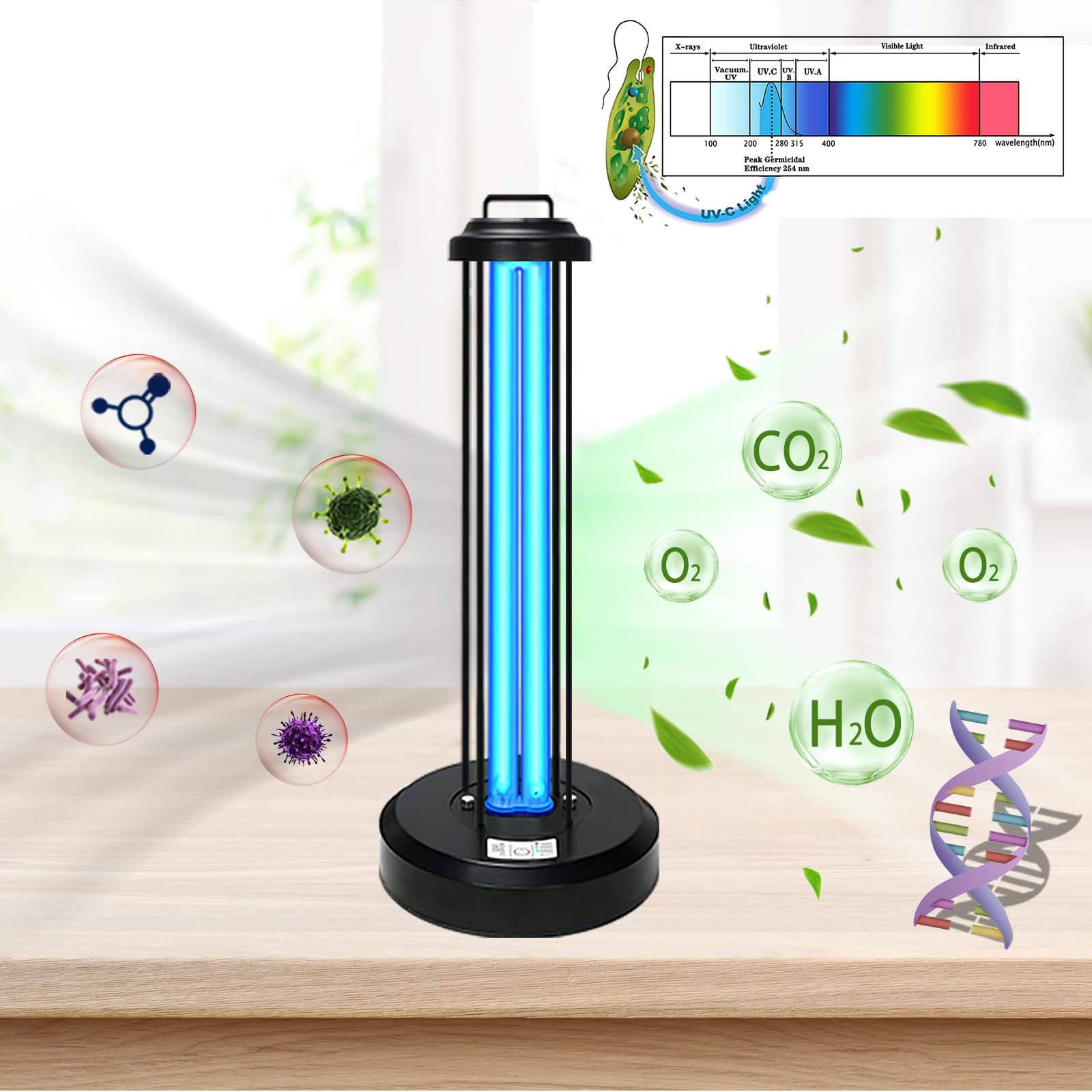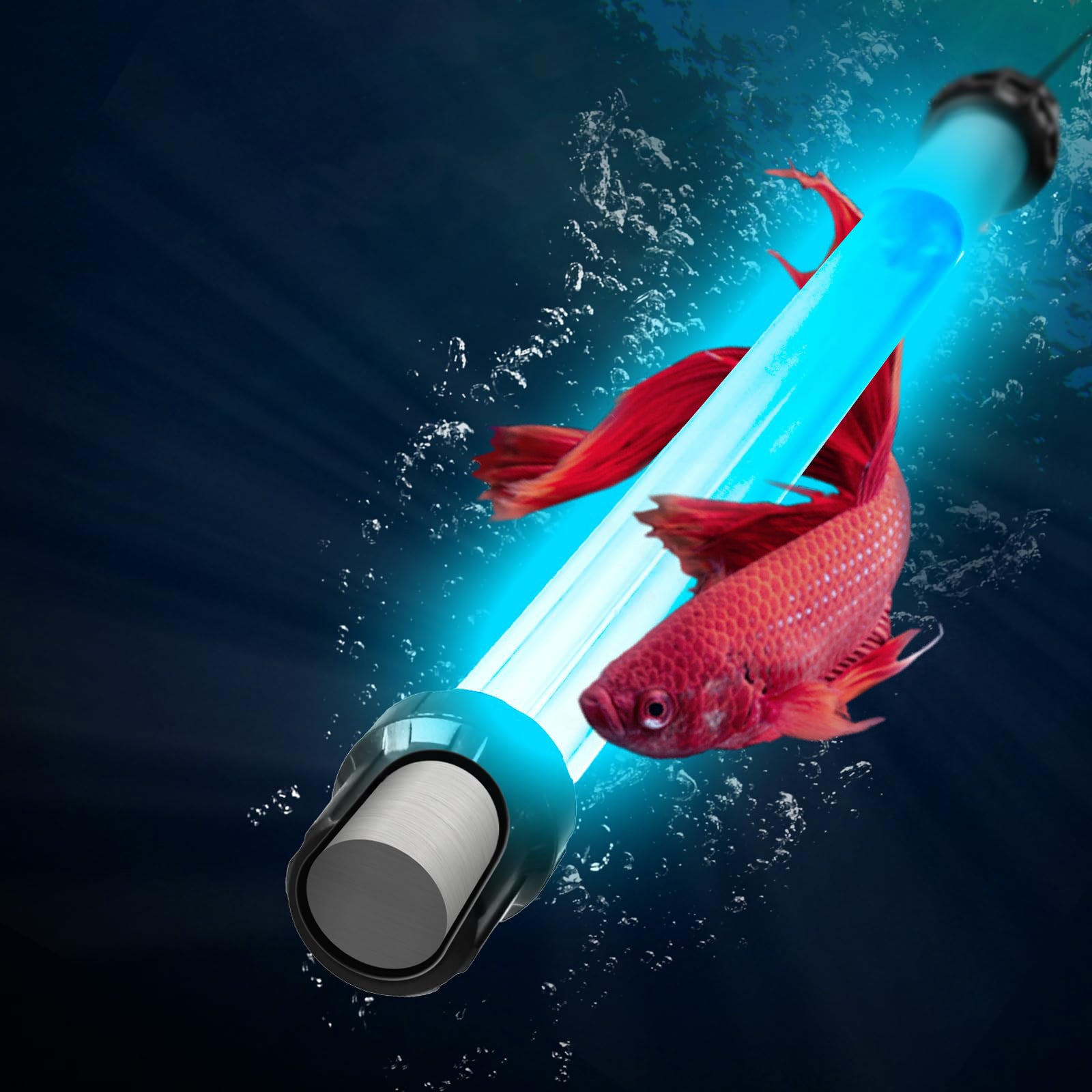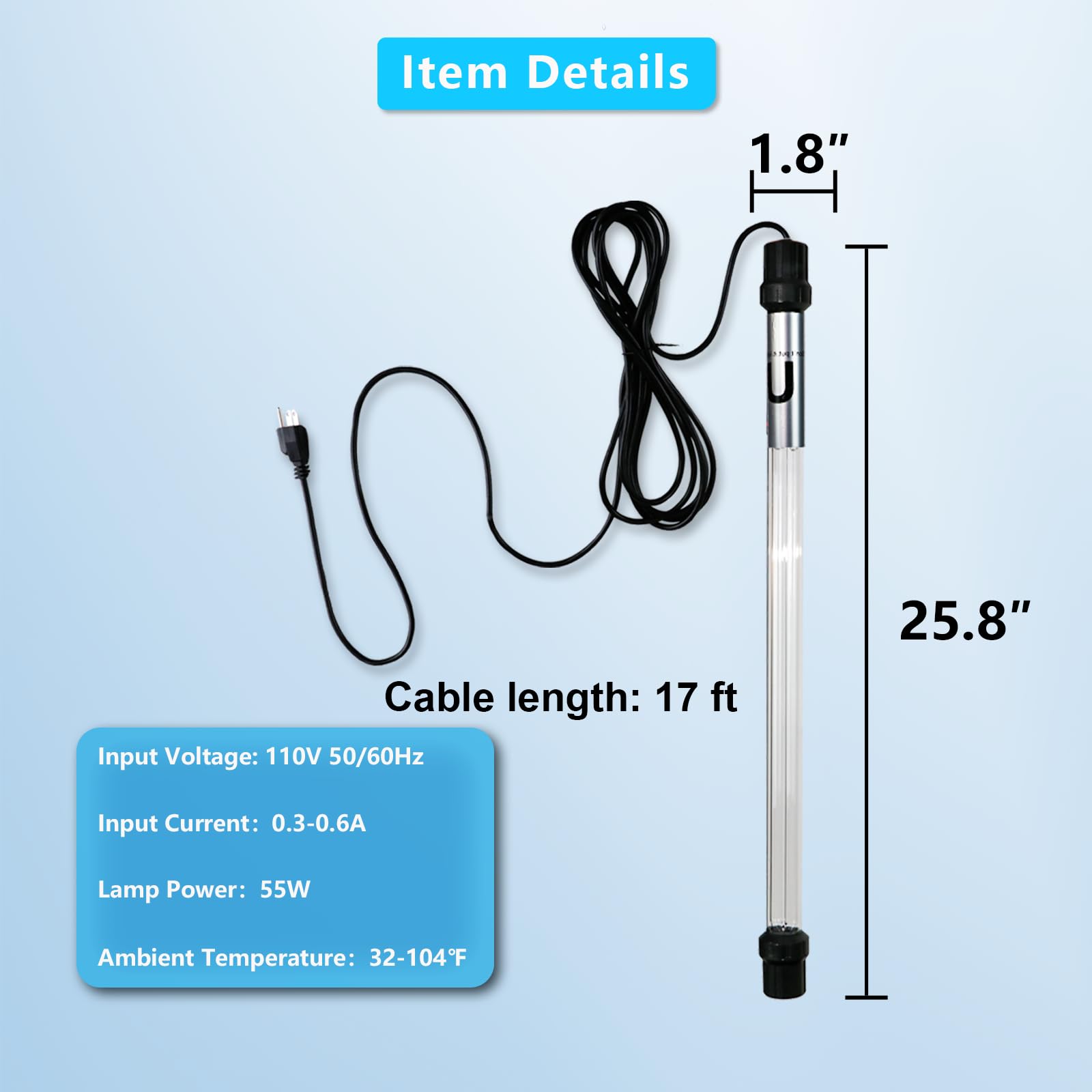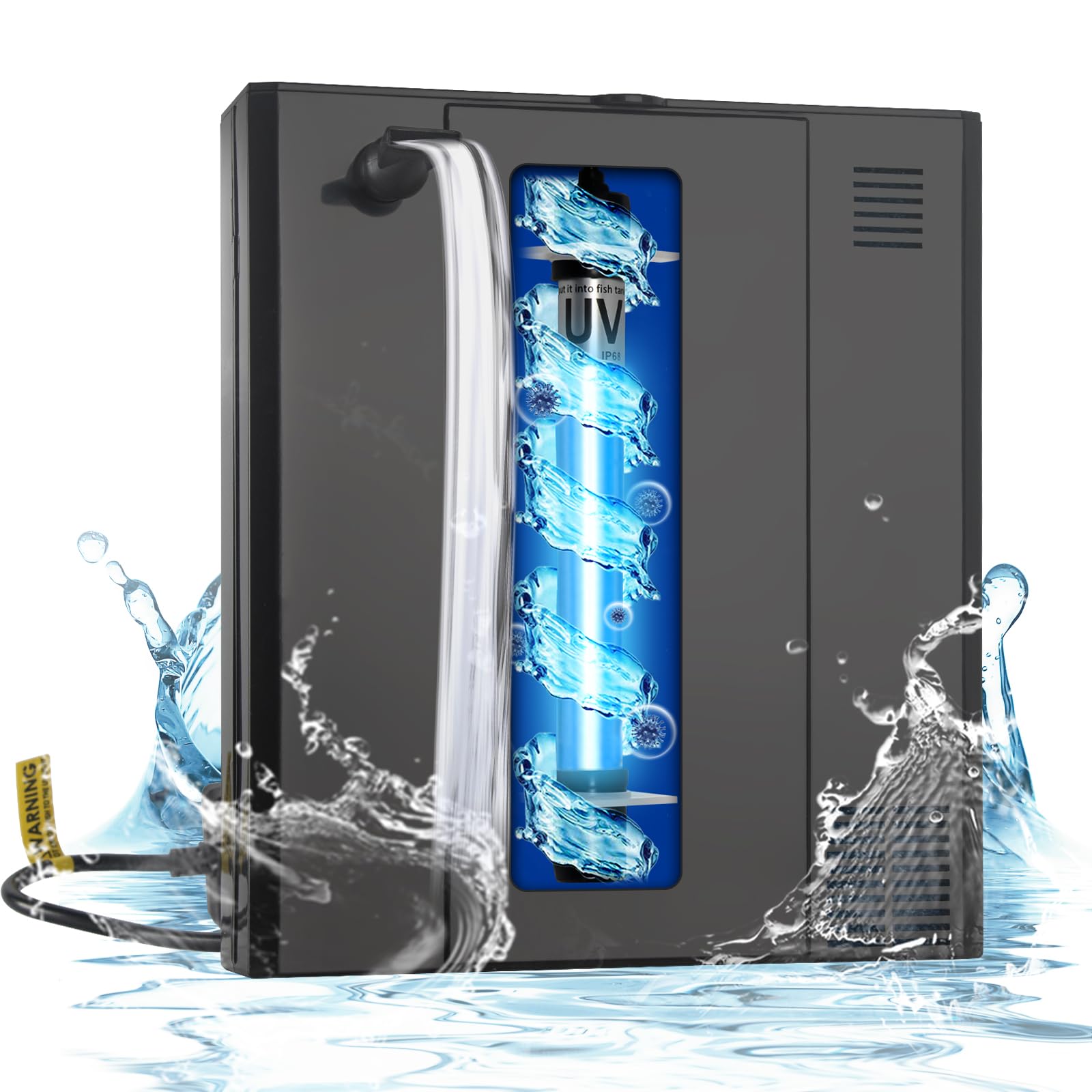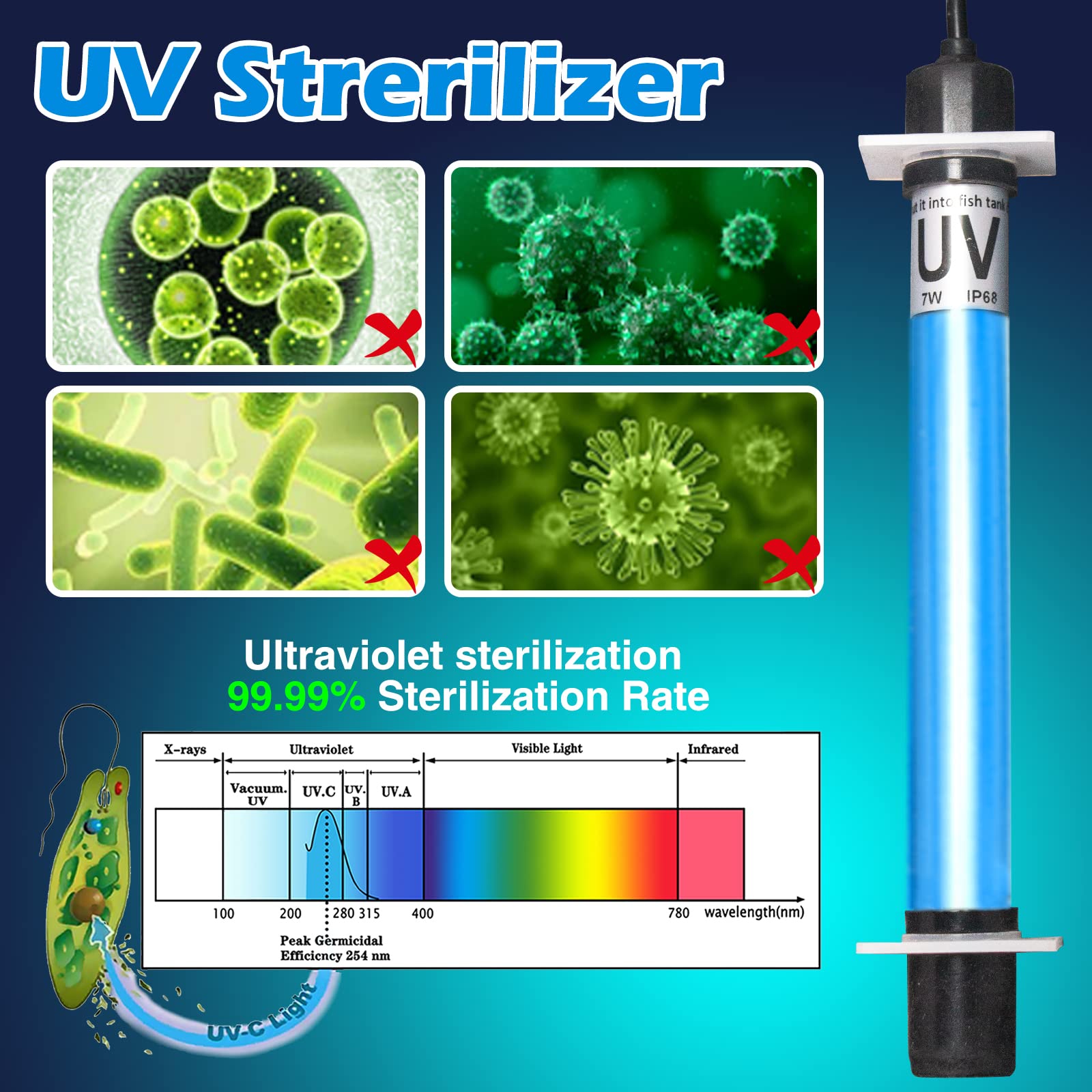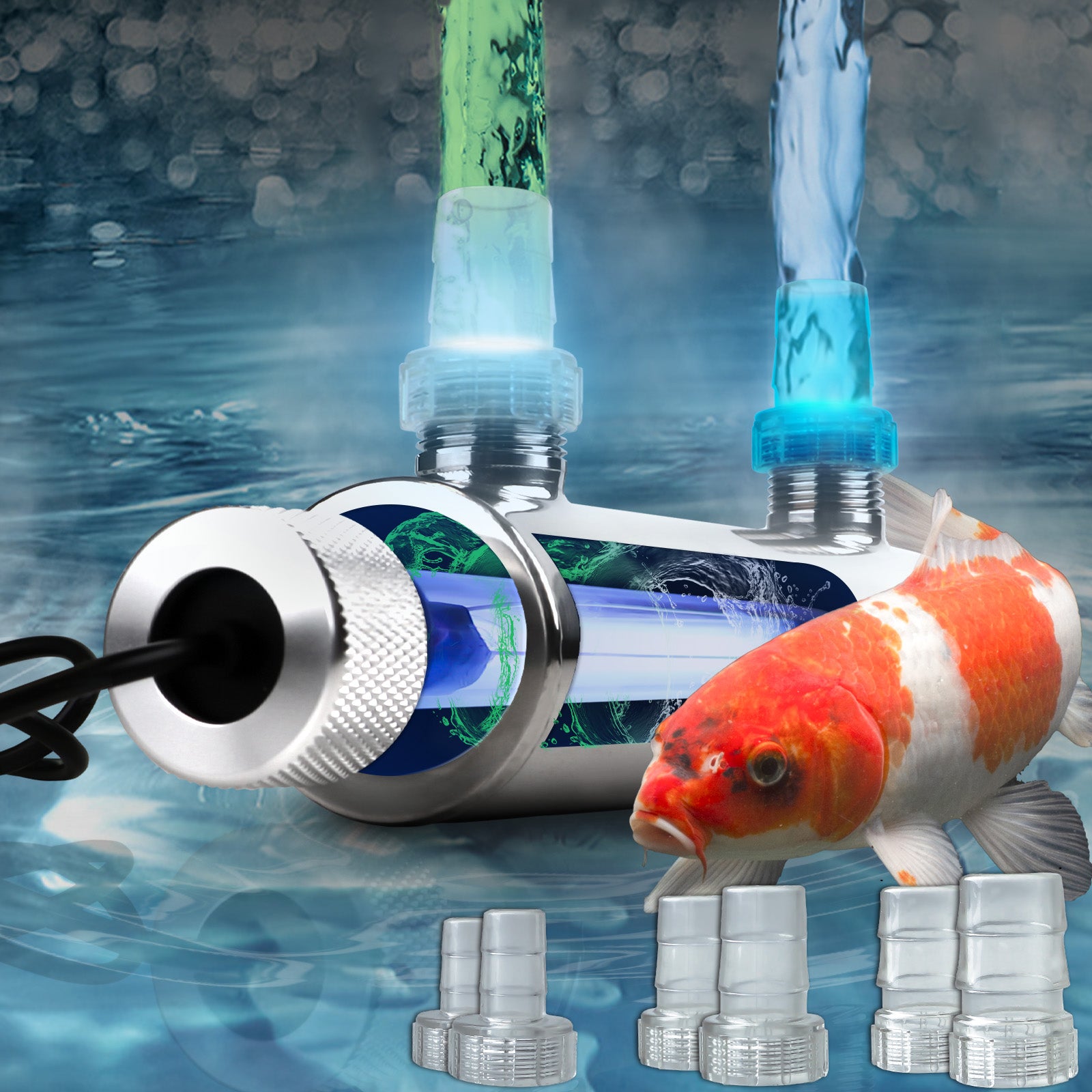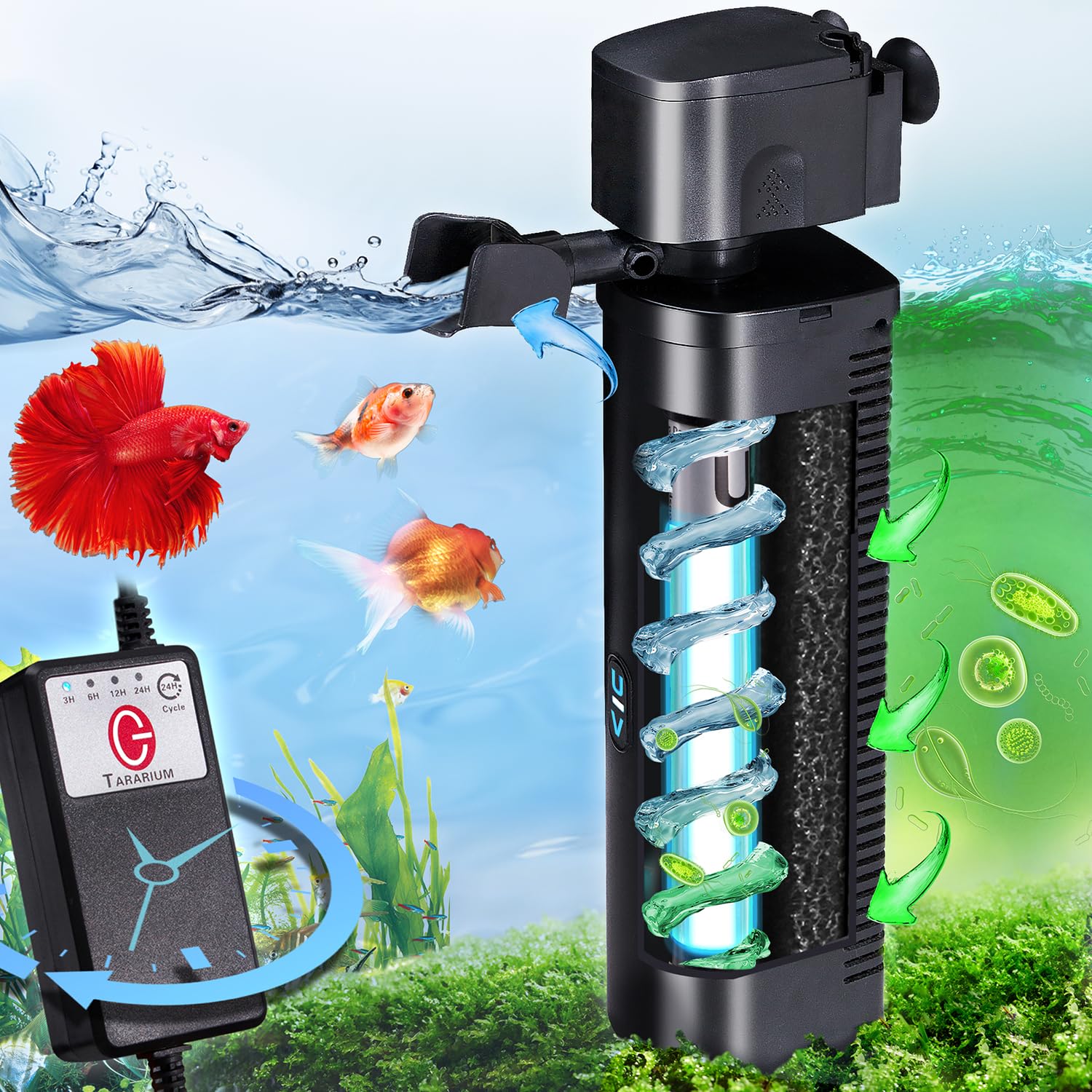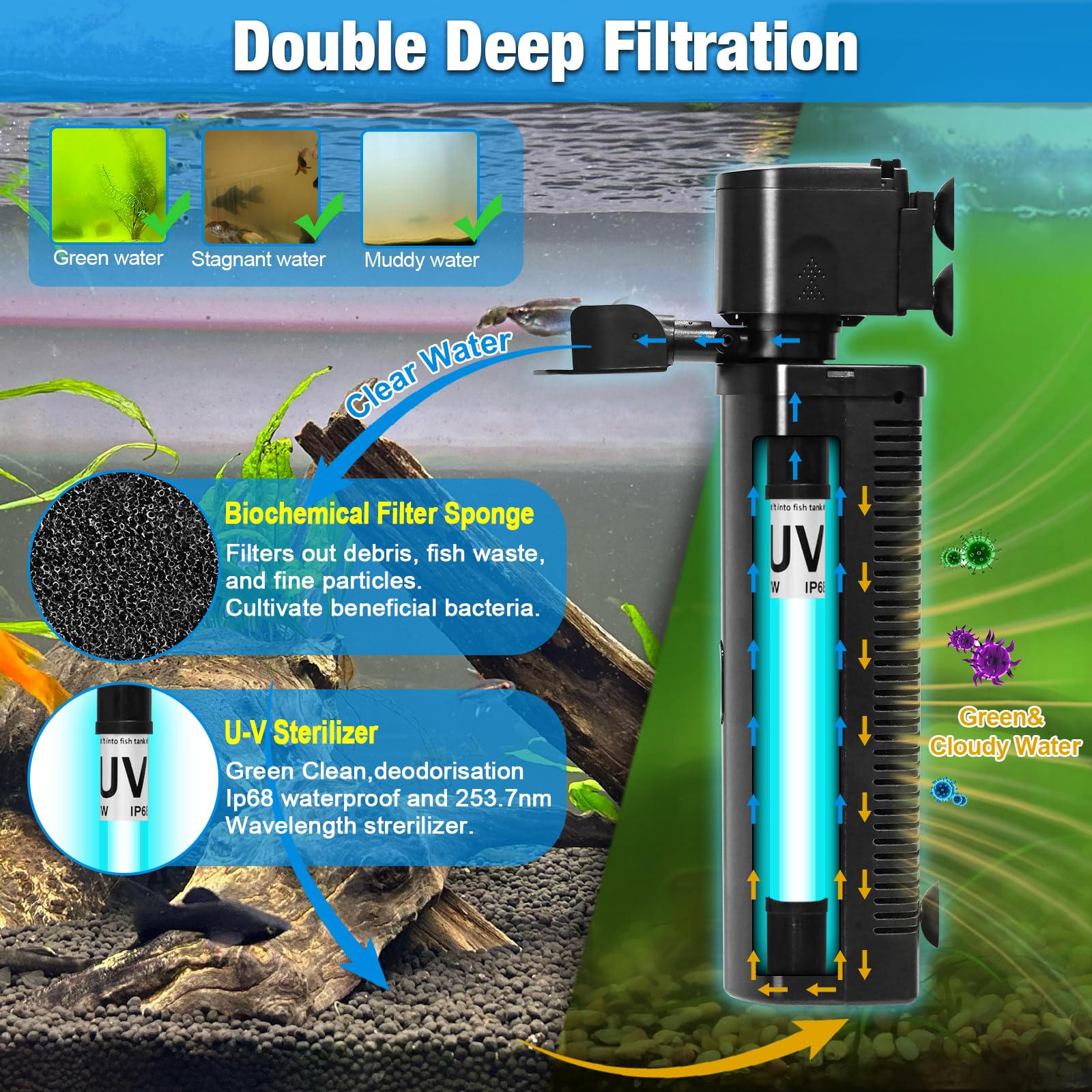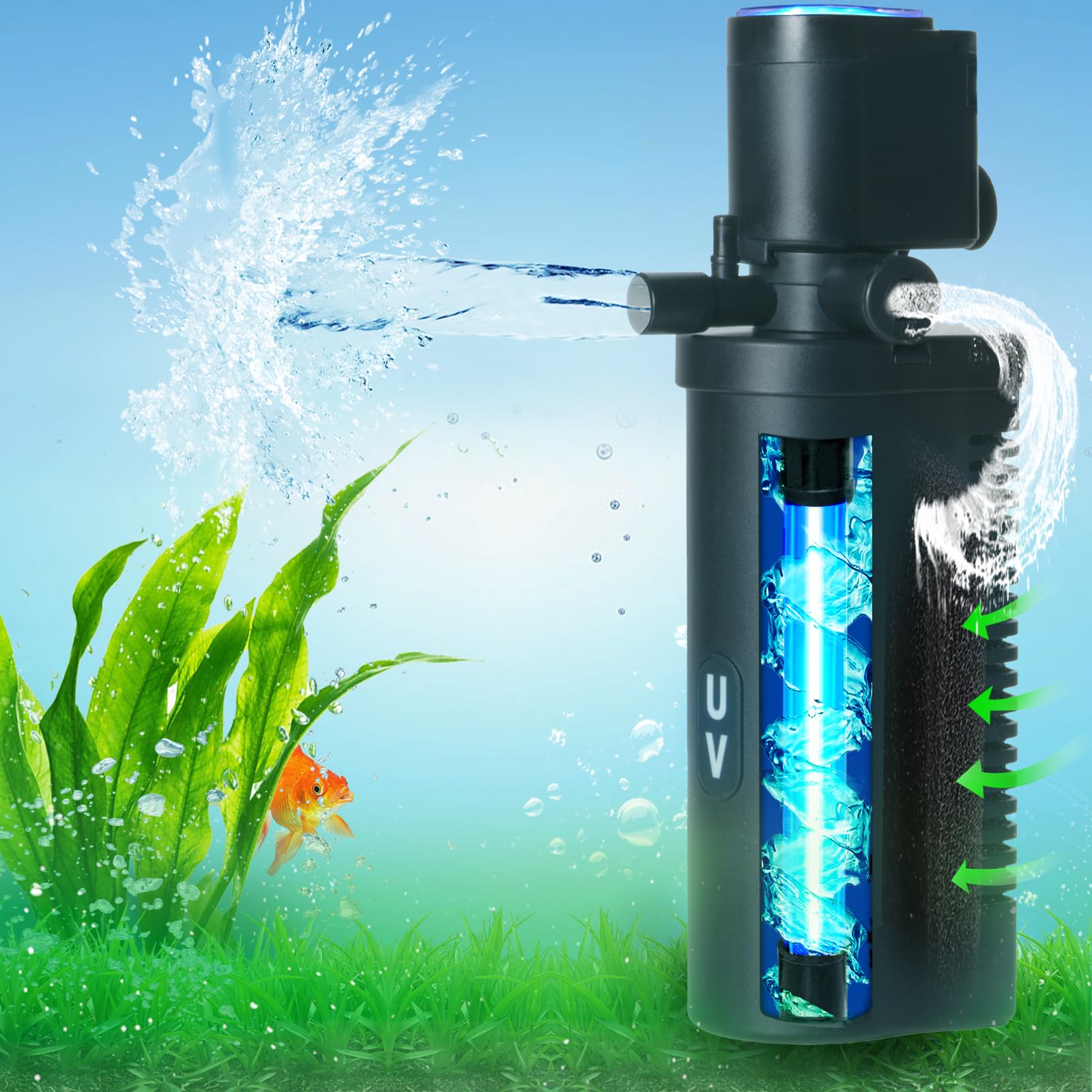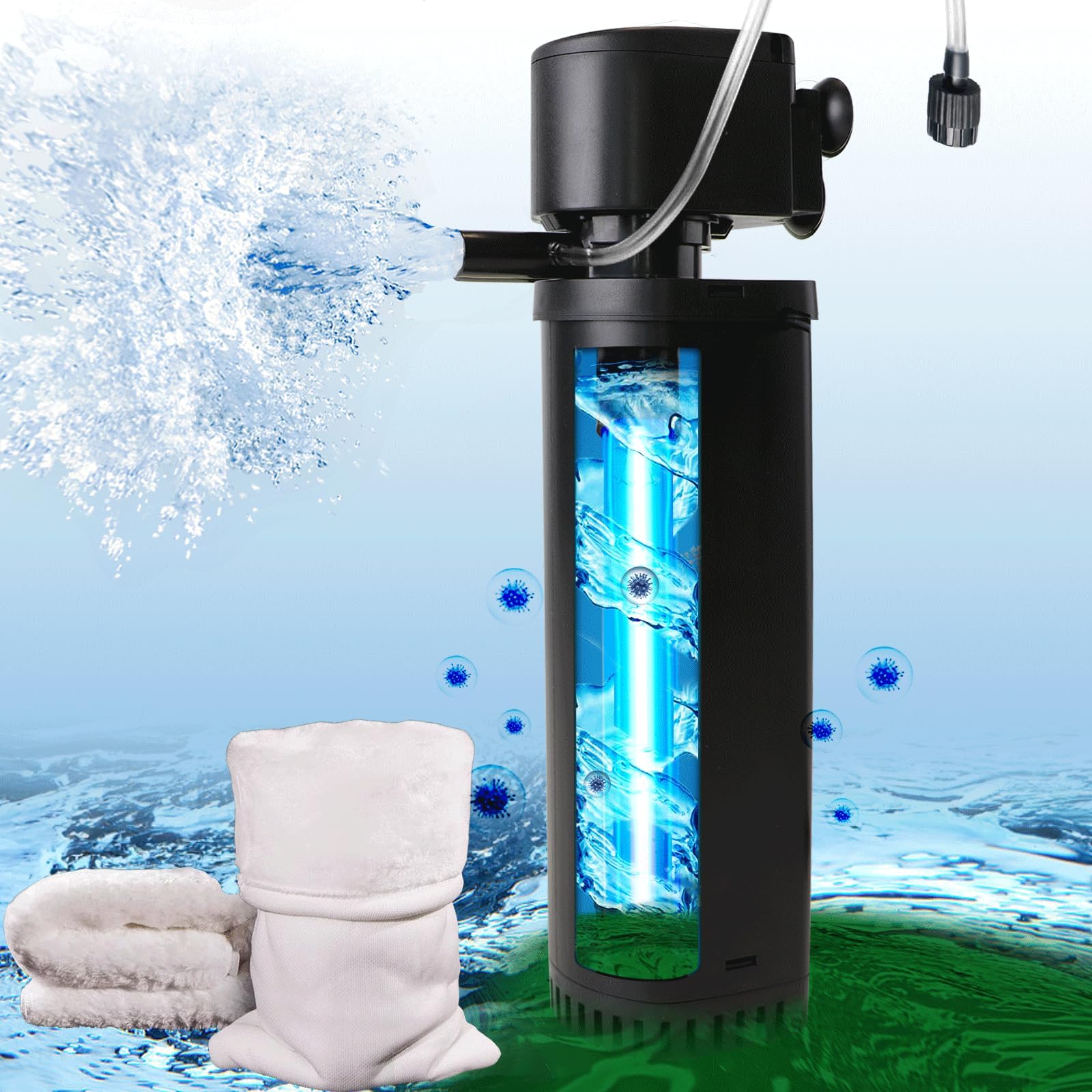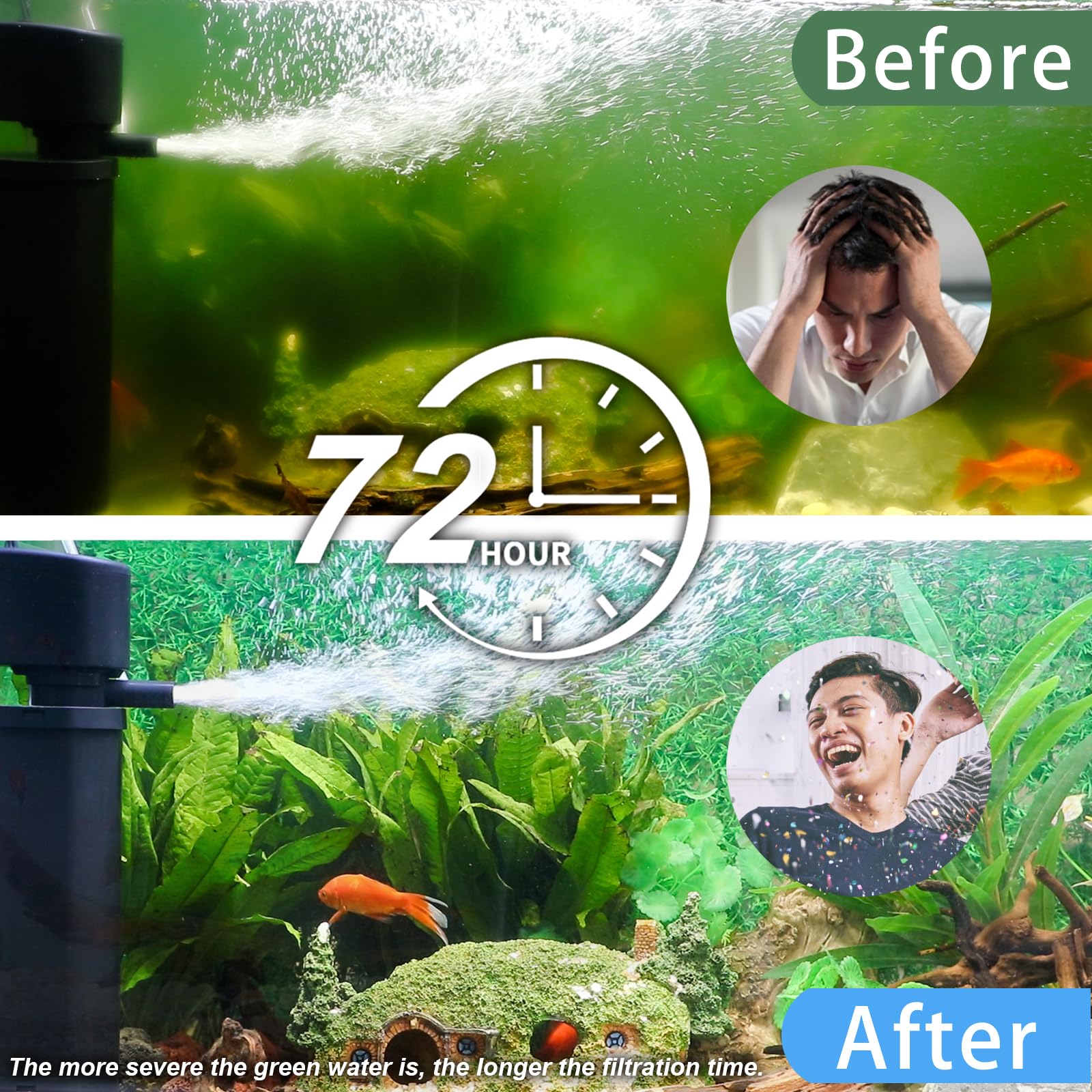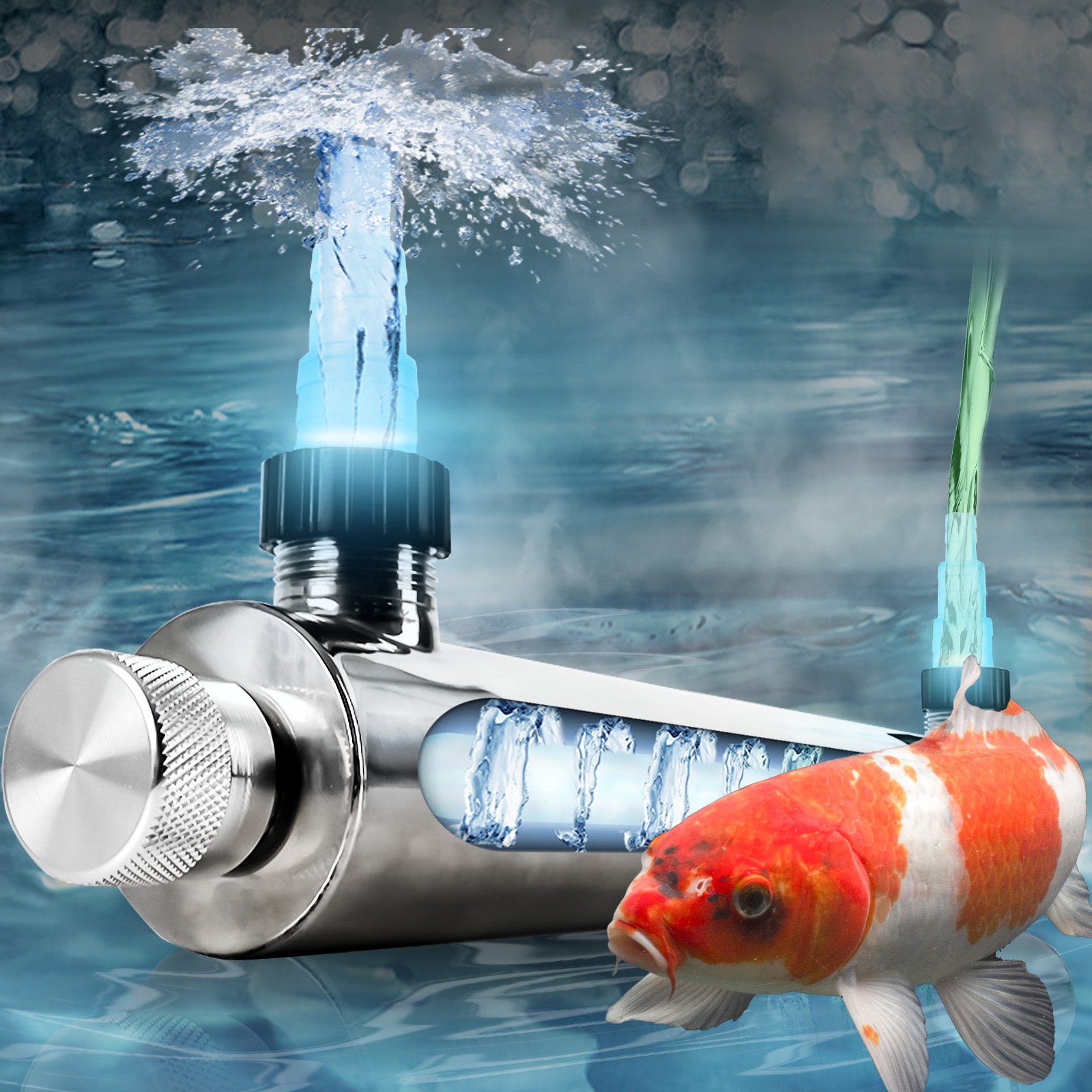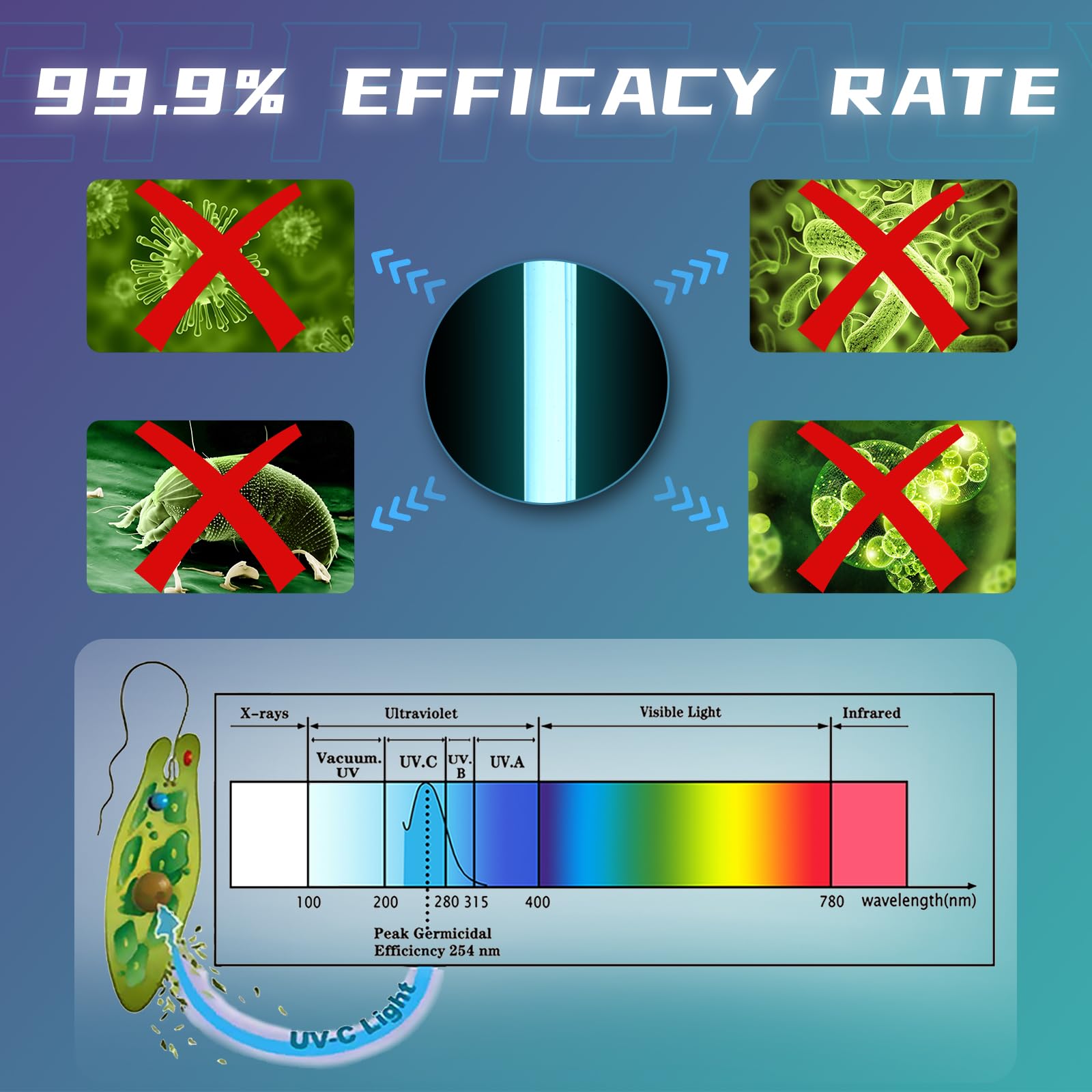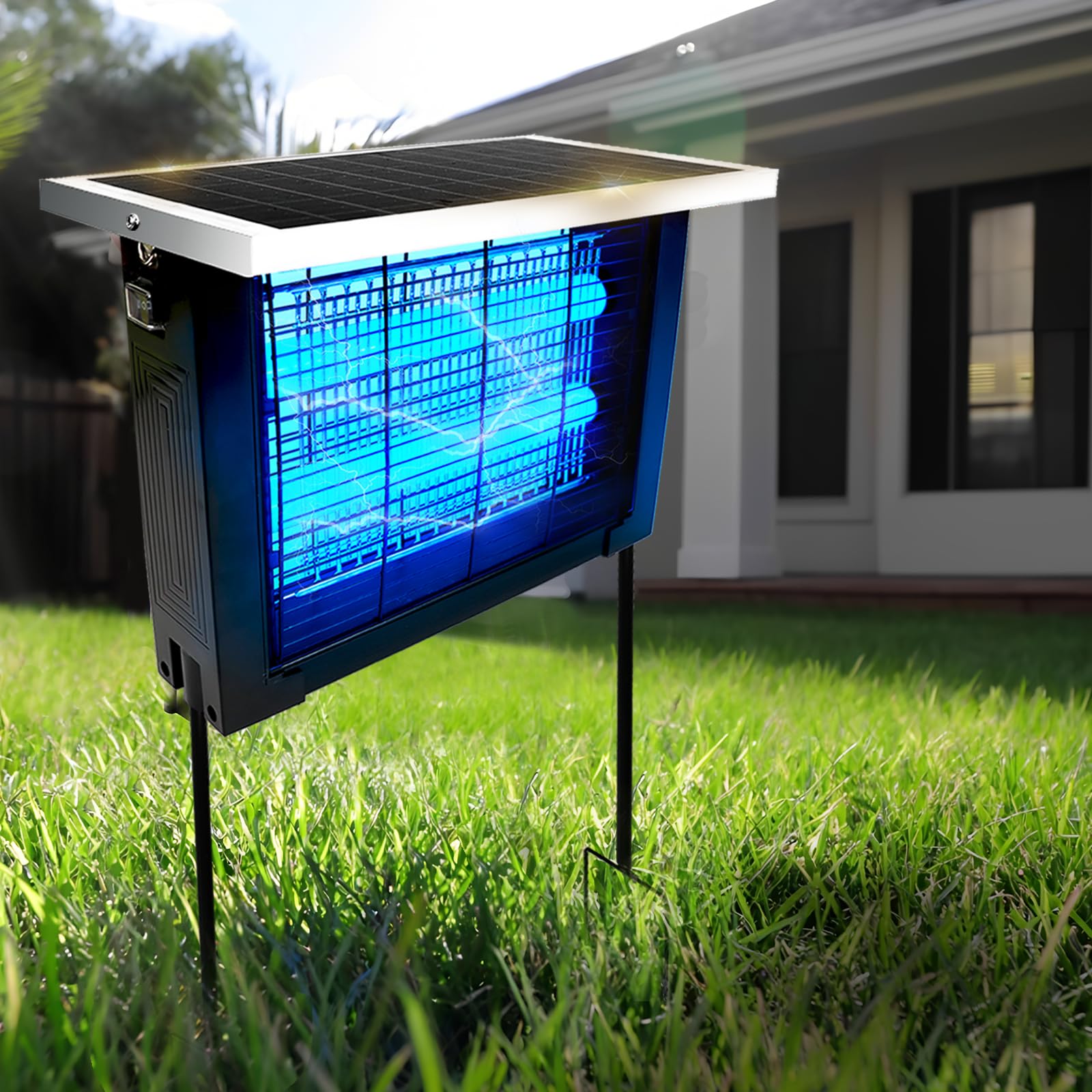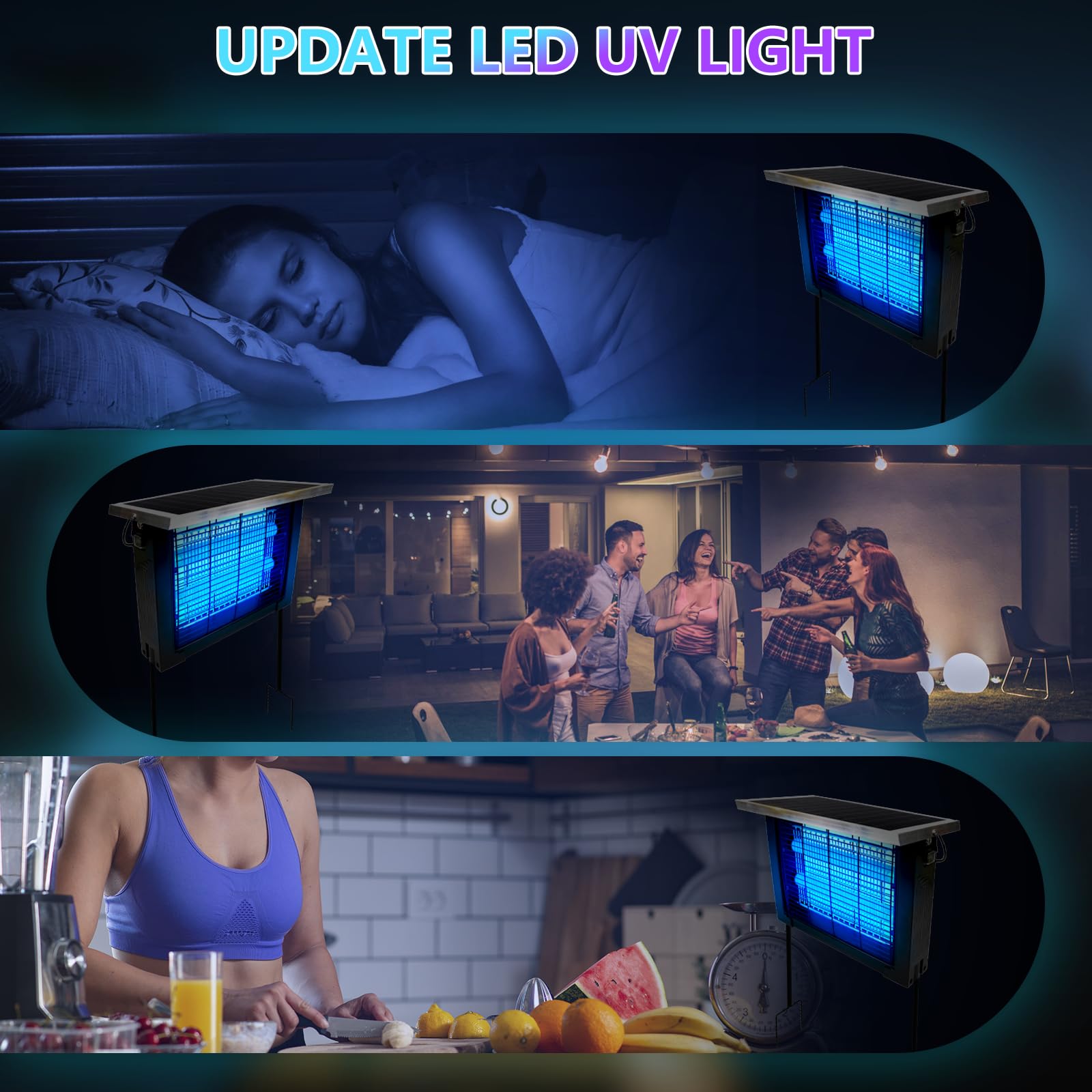While ultraviolet (UV) light dominates skincare conversations, infrared (IR) radiation (700 nm–1 mm wavelength) is emerging as a game-changer. Unlike UV's damaging effects, controlled IR exposure stimulates cellular repair—a fact leveraged by 87% of dermatologist-approved LED masks in 2024 (Journal of Cosmetic Dermatology).
I. The Science Behind IR and Skin
1.1 Infrared Classification & Skin Interaction
-
Near-IR (700–1400 nm): Penetrates to the dermis, boosting collagen production.
-
Mid-IR (1400–3000 nm): Targets water molecules for fractional skin resurfacing.
-
Far-IR (>3000 nm): Generates gentle heat for detoxification (used in sauna therapies).
Clinical Evidence: A 2023 UCLA study showed 30% collagen increase after 8 weeks of near-IR treatment (830 nm wavelength).
II. Proven Beauty Applications
2.1 Anti-Aging & Wrinkle Reduction
-
Mechanism: IR activates fibroblasts to produce Type I/III collagen.
-
Devices: LED panels (e.g., CurrentBody Skin) deliver 633 nm/830 nm dual wavelengths.
2.2 Acne & Inflammation Control
-
Blue+IR Combination: Kills P. acnes bacteria while reducing redness (FDA-cleared Neutrogena Light Therapy Mask).
2.3 Post-Procedure Recovery
-
Laser Aftercare: 1064 nm IR accelerates healing after fractional CO2 treatments.
III. Cutting-Edge Innovations
3.1 AI-Powered IR Devices
-
L’Oréal Perso: Analyzes skin via smartphone cam, then customizes IR/visible light ratios.
3.2 Nutricosmetics Synergy
-
IR+Oral Collagen: Studies show 2x efficacy when combined (Ashland Inc. 2025 trial).
Safety & Best Practices
-
Contraindications: Rosacea patients should avoid thermal IR.
-
Session Duration: 10–20 mins/day for home devices (American Academy of Dermatology guidelines).
Conclusion
From red light therapy beds to handheld IR massagers, this "warm light" technology is rewriting skincare routines—without UV’s risks. As research progresses, expect IR to become as ubiquitous as retinoids in vanity cabinets.
References:
-
Infrared Radiation in Dermatology (Springer, 2024)
-
12 clinical trials from PubMed.gov


